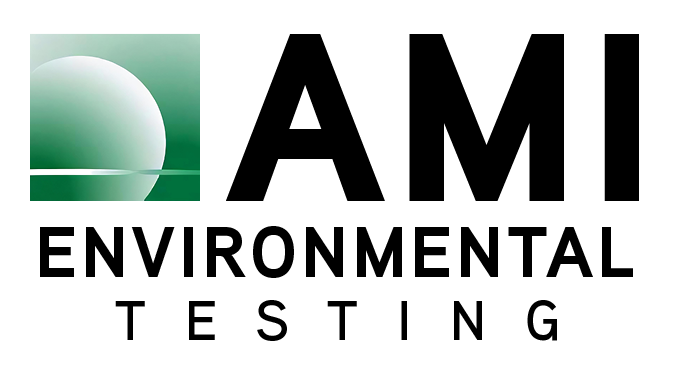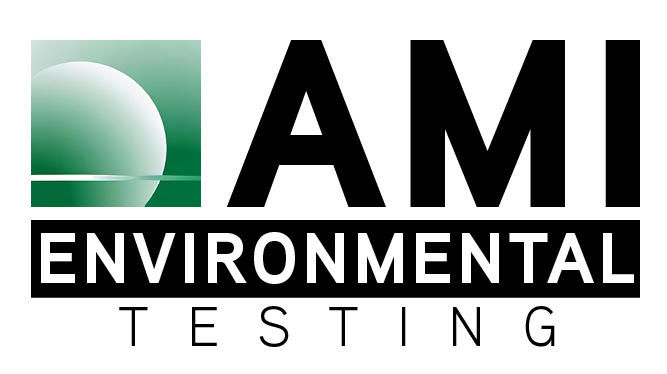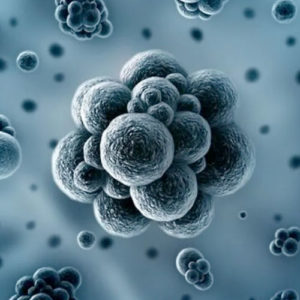The Importance of Pre-Renovation Surveys for Architects and Engineers
Pre-renovation surveys are crucial for ensuring building projects proceed safely and efficiently. Before any demolition or construction work begins, environmental consultants conduct thorough surveys...




 Invisible to the naked eye yet potent in their impact, volatile organic compounds (VOCs) lurk within indoor environments, posing potential threats to human health and well being. These compounds encompass a wide array of chemicals emitted as gasses from certain solids or liquids. From paints and cleaning products to furnishings and building materials, VOCs can emanate from various sources commonly found in homes and workplaces.
Invisible to the naked eye yet potent in their impact, volatile organic compounds (VOCs) lurk within indoor environments, posing potential threats to human health and well being. These compounds encompass a wide array of chemicals emitted as gasses from certain solids or liquids. From paints and cleaning products to furnishings and building materials, VOCs can emanate from various sources commonly found in homes and workplaces.